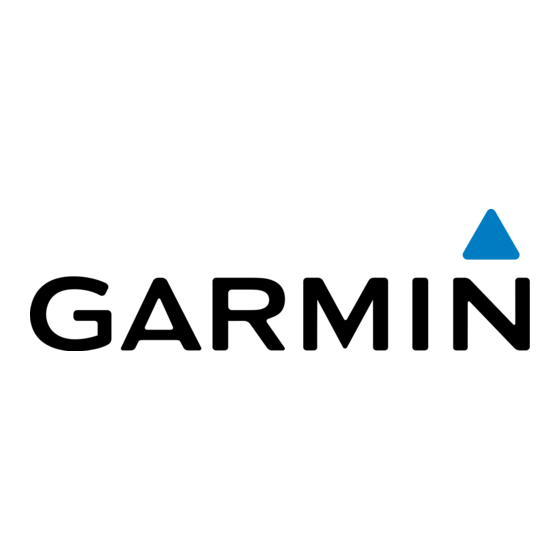Part Two: Section 2
XM Weather
almost complete coverage of the continental United
States, Alaska, and Hawaii. The unobstructed range of
each NEXRAD is up to 250 nautical miles.
When enabled, composite data from all the
NEXRAD radar sites in the United States is shown.
This data are composed of the maximum reflectivity
from the individual radar sweeps. The display is color-
coded to indicate the weather level severity. Informa-
tion about with sites are operational or off-line is also
available.
To display NEXRAD weather on the Map page:
1.
With the Map page (the second page of the
NAV page group) displayed, press the MENU
key. The Page Menu for the Map page appears.
NEXRAD is also available on the Nav 1 page
of the 500W series.
2.
Turn the large right knob to highlight "Dis-
play NEXRAD," and then press ENT. (If "Hide
NEXRAD" appears, NEXRAD radar data are
already enabled; just press MENU again to
exit the Page Menu.)
To display NEXRAD weather on the XM Weather
page:
1.
With the XM Weather page (the third page of
the NAV page group) displayed, look at the
14
upper left corner of the page. Under the page
title ("XM Weather") either "NEXRAD" or
another weather product appears. If the word
is "NEXRAD," do nothing; NEXRAD weather is
already being displayed.
2.
If the word in the upper left corner of the
page is another weather product (rather than
"NEXRAD"), press the small right (CRSR)
knob to highlight that word. Then turn the
small right knob to change to "NEXRAD."
Press the small right knob again to bring
3.
down the cursor (that is, to stop the blinking
highlighting of "NEXRAD") and retain the
selection.
NEXRAD Intensity
Colors are used to identify the different NEXRAD
echo intensities (reflectivity) measured in dBZ (deci-
bels of Z). "Reflectivity" is the amount of transmitted
power returned to the radar receiver. Reflectivity
(designated by the letter Z) covers a wide range of
signals (from very weak to very strong). So, a more
convenient number for calculations and comparison, a
decibel (or logarithmic) scale (dBZ), is used. The dBZ
values increase as the strength of the signal returned
to the radar increases. There are seven gradations for
rain, two gradations for mixed rain and snow, and two
gradations for snow.
190-00356-30 Rev C

